12 Feb Subsurface Utility Engineering & Utility Locating
Identifying underground utilities is the first step towards the success of any project involving excavations. In the dynamic world of construction and infrastructure projects, success hinges on precision and efficiency. One critical aspect often overlooked is the accurate mapping and understanding of subsurface utilities, a task entrusted to Subsurface Utility Engineering (SUE) and private utility locating services. In this blog, we will delve into the roles and benefits of SUE and private utility locating, shedding light on their distinctions and optimal use cases.
Roles of Subsurface Utility Engineering (SUE)
Subsurface Utility Engineering is a systematic approach that involves managing the risks associated with utility mapping. The roles of SUE can be categorised into four primary levels, namely Quality Levels (QL):
- QL-D Information from existing records and data: This level involves gathering data from existing records and utility plans to provide a preliminary understanding of subsurface utilities.
- QL-C Surveying and plotting of visible above-ground utility features: SUE technicians use non-intrusive methods such as geophysical surveys and ground-penetrating radar to locate and map visible utility features.
- QL-B Underground utility designation through non-destructive methods: This level focuses on designating the location of subsurface utilities using non-destructive methods, reducing the risk of utility damage during construction.
- QL-A Precise mapping through excavation and utility verification: The highest level of accuracy involves exposing and verifying the precise location of utilities through excavation, ensuring the most reliable data for construction planning.
Benefits of Subsurface Utility Engineering (SUE)
- Risk Mitigation: By accurately mapping subsurface utilities, SUE minimises the risk of unexpected utility conflicts during construction, preventing delays and costly repairs.
- Cost Savings: SUE helps in optimising project costs by avoiding unnecessary utility relocations and minimising project delays, resulting in more efficient construction timelines.
- Enhanced Safety: Accurate utility mapping enhances on-site safety by reducing the risk of accidental utility hits, ensuring a secure working environment for construction crews.
Private Utility Locating
Private utility locating services complement SUE by focusing on mapping non-publicly-owned utilities. This includes telecommunication lines, private electrical systems, and other infrastructure not covered by public records.
Distinguishing SUE and Private Utility Locating
While SUE primarily deals with publicly-owned utilities, private utility locating expands the scope to include privately-owned infrastructure. Both services, however, share the common goal of ensuring accurate subsurface utility information for construction projects.
When it comes to navigating the complexities beneath the surface of your construction projects, trust Concrete Scanning Services in Sydney. Our team is here to provide reliable solutions for Subsurface Utility Engineering and Utility Locating. Let’s ensure the success of your project together – reach out and start the conversation today.

